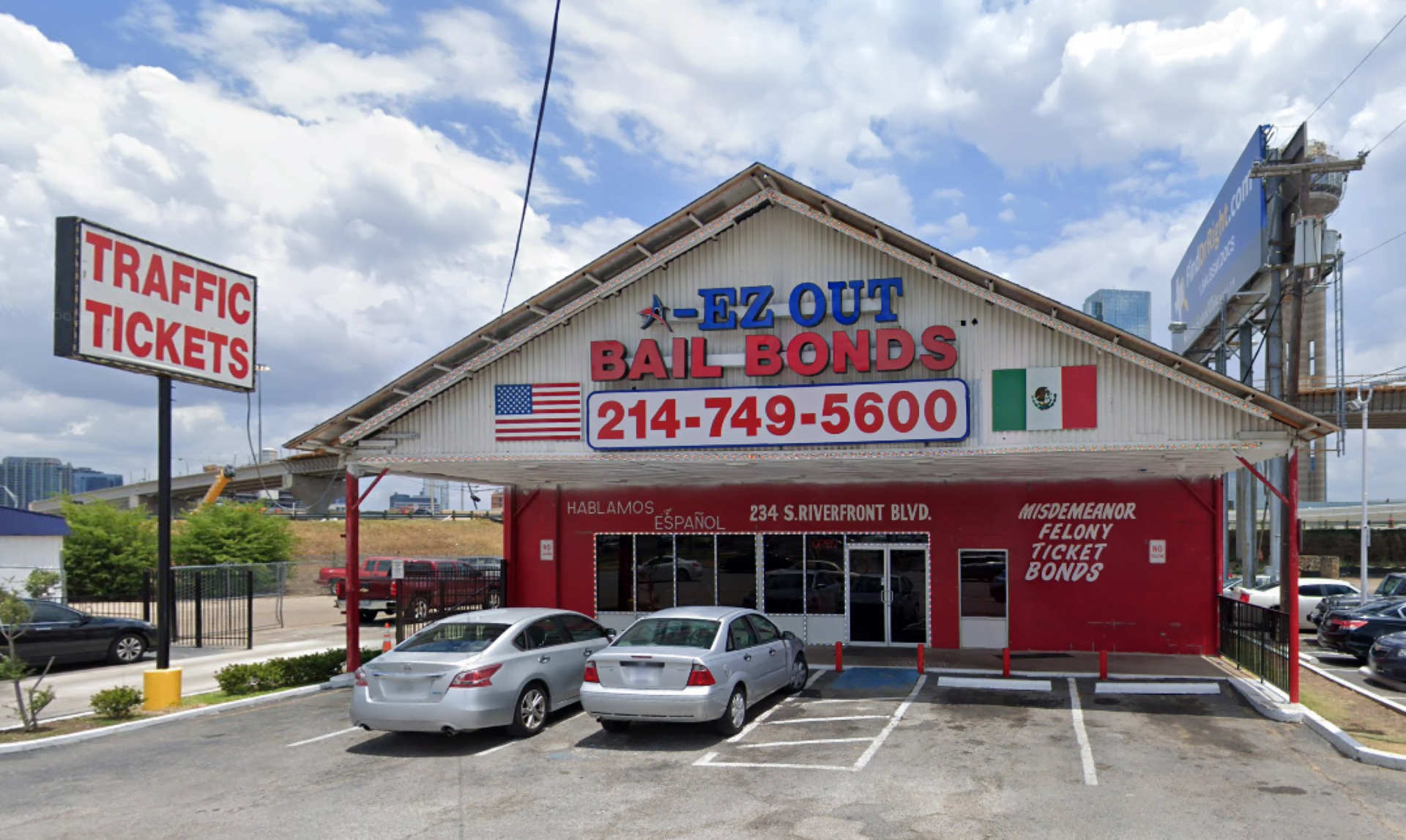Understanding How Bail Bonds Work to Secure Your Freedom Throughout Legal Procedures
In the intricate web of lawful process, recognizing the nuances of bail bonds is crucial for any individual dealing with charges. Bail bonds serve as a pivotal device, enabling defendants to safeguard momentary freedom while waiting for trial. This economic plan not just highlights the importance of showing up in court but additionally introduces layers of intricacy through the participation of a bondsman. While the prompt alleviation of release from custodianship is appealing, the underlying legal and monetary implications require mindful consideration. What are these effects, and exactly how do they affect the journey with the justice system?
The Purpose of Bail Bonds
Comprehending the objective of bail bonds is critical in the context of the criminal justice system. Bail bonds offer as a monetary assurance that an implicated individual will certainly return for their court proceedings after being briefly launched from guardianship. This system aids in balancing the anticipation of innocence-- an essential principle in the lawful system-- versus the demand to guarantee public security and the organized administration of justice.
Bail bonds are created to stop congestion behind bars by enabling offenders that are not considered a risk to society the opportunity to await trial outside jail wall surfaces. Moreover, they provide a solution for individuals that could not have the prompt funds to publish bail (bail bonds mansfield ohio). By including a bail bond agent or company, defendants can safeguard their launch with a third-party guarantor, who pledges the full bail amount to the court, generally for a fee
This system also underscores the importance of accountability, as it encourages offenders to conform with legal obligations. Failing to show up in court can cause severe consequences, consisting of the loss of the bond and extra legal charges. Hence, bail bonds play an essential function in handling both individual freedoms and the practical needs of the judicial process.
Exactly How Bail Bonds Operate
When navigating the intricacies of bail bonds, it's important to understand their functional mechanics. Basically, a bail bond serves as a guaranty, making certain that a defendant appears in court after being released from custody. The procedure starts when an individual, commonly a family members or the offender member, approaches a bail bond firm to secure release from jail. The company, subsequently, charges a non-refundable charge, normally a percent of the total bail amount established by the court.
The agency after that supplies the court with a bond, a lawfully binding document, assuring that the accused will attend all called for court looks. If the defendant complies, the bond is liquified at the end of the legal proceedings. Nonetheless, if the accused falls short to appear, the court might surrender the bond, requiring the company to pay the full bail amount. As a protect, firms typically require collateral, such as residential or commercial property or beneficial possessions, to minimize prospective losses.
This system enables defendants to stay free while awaiting test without paying the complete bail upfront, thus alleviating financial worries. Understanding these dynamics is vital for anyone associated with legal procedures needing bail.

Duty of a Bond Bondsman
The bail bondsmansman functions as an important intermediary in between the court and the accused system, facilitating the release of individuals from wardship (bail bonds near me mansfield ohio). As an intermediary, the bondsman offers a monetary assurance to the court on part of the offender, ensuring that the defendant will read here appear for all scheduled court procedures. This function is necessary in keeping the balance in between a person's right to flexibility and the judicial system's need to make certain conformity with lawful commitments
Bail bondsmen analyze the threat linked with each possible customer. They examine the accused's background, the nature of the fees, and the possibility of the defendant leaving. Upon accepting the case, the bail bondsmansman calls for a non-refundable costs, which is normally a portion of the overall bail quantity established by the court. In addition to financial responsibilities, the bail bondsman might impose conditions on the offender to lessen danger, such as routine check-ins or tracking.
Moreover, bail bondsmensman have the authority to give up a defendant and nail to the court if they breach bail problems. This authority underscores the bail bondsman's critical duty in maintaining judicial processes while supplying defendants with the possibility to prepare their defense beyond safekeeping.
Financial Effects of Bail
Beyond the bail bondsman's function in the judicial procedure, the economic effects of bail dramatically influence both offenders and their family members. The key alternative for several is to involve a bond bondsman, that normally calls for a non-refundable charge, normally around 10% of the overall bail amount.
The inability to meet bail problems can cause long term apprehension, impacting employment and family security. For those that can pay the full bail amount straight, the funds are returned after the lawful process, provided all court appearances are fulfilled. Connecting up large amounts of cash can strain individual financial resources and liquidity.
Furthermore, collateral could be required for securing a bail bond, risking loss of properties such over here as property or lorries. This collateral is forfeited if the accused stops working to show up in court, worsening the financial dilemma. Therefore, understanding the economic implications of bail is important for making educated choices throughout lawful proceedings.
Lawful Obligations and Considerations

Along with court-imposed commitments, there are legal considerations fundamental in the bail bond arrangement itself. Typically, the bond agent needs a premium, normally a percent of the total bail amount, which is non-refundable. The co-signer, or indemnitor, assumes monetary obligation for the full bail amount if the accused stops working to show up in court. This obligation emphasizes the relevance of understanding the risk involved before becoming part of a bail bond contract.

Final Thought
In verdict, bail bonds offer as a vital system within the lawful system, providing defendants the chance to remain cost-free while awaiting test. Comprehending the effects and responsibilities of bail bonds is necessary for navigating the intricacies of legal procedures effectively.
By including a bail bond representative or company, accuseds can safeguard their release with a third-party guarantor, that pledges the complete bail amount to the court, commonly for a fee.
If the accused falls short to appear, the court might waive the bond, requiring the company to pay the complete bail amount. Upon accepting the instance, the bail bondsman requires a non-refundable premium, which is typically a portion of the complete bail amount set by the court. The key alternative for numerous is to involve a bond bondsman, that generally needs a non-refundable cost, usually around 10% of the total bail quantity.In visit site verdict, bail bonds offer as an essential system within the lawful system, supplying defendants the opportunity to stay complimentary while waiting for test.